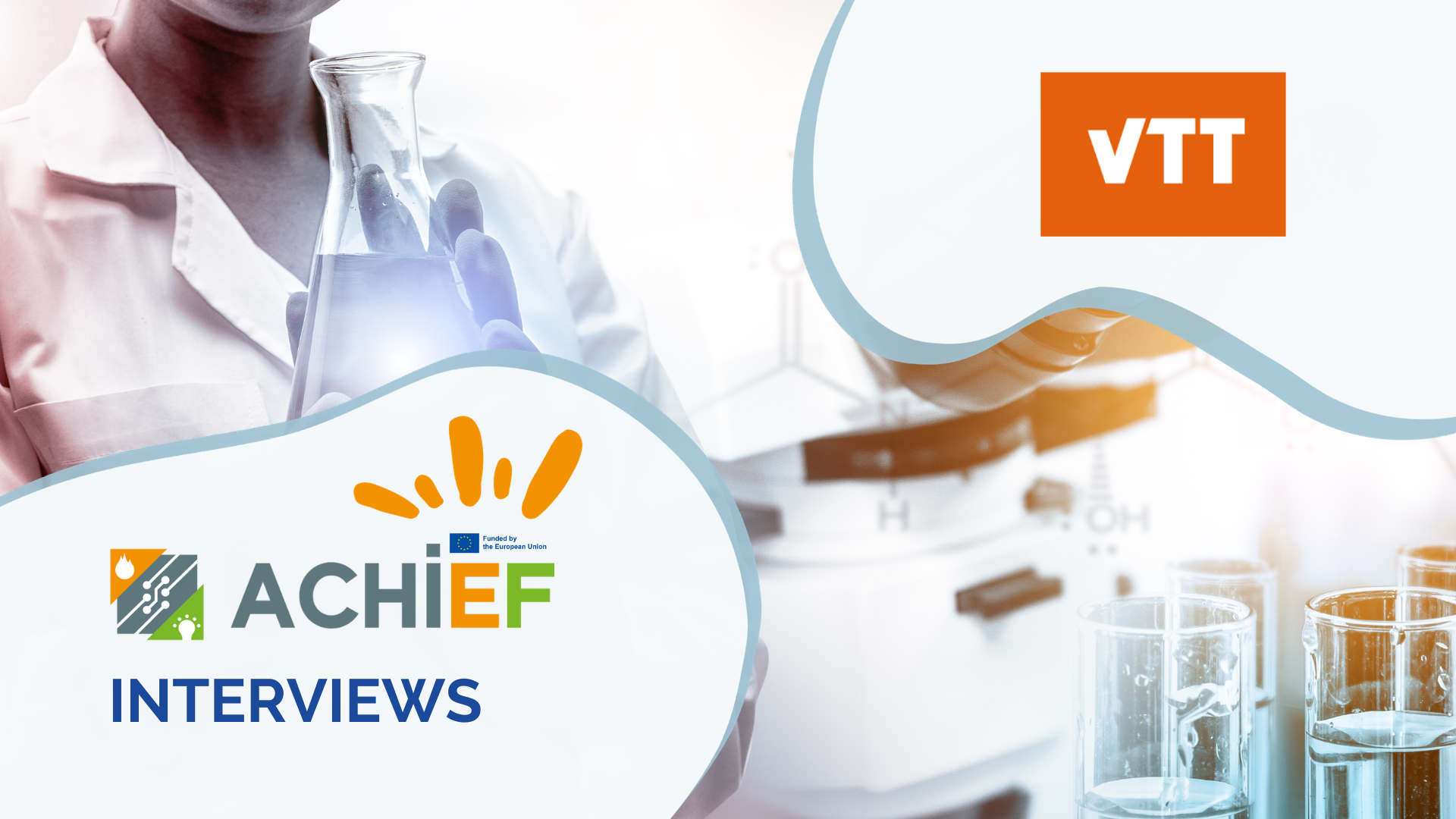![]() 03/01/2024
03/01/2024
Redefining success: Conversations with VTT
Why did you join the ACHIEF project and what’s your role?
VTT, and in particular Tom Andersson (Research Scientist at VTT), was actively engaged since the preparation phase of the project. The subject address in the work package of the proposal was already within his team’s focus and aligned with Tom’ expertise and research about microstructural materials modelling and numerical analysis of the behavior of metallic and composite materials. Within the project, VTT is leading the simulation work package in which the development of AI tools for materials design, as well as the creation of microstructural modeling workflows and tools, were conducted.
As experts in sustainable products and materials, what are your ambitions in contributing to a more efficient and sustainable Energy Intensive Industrial sector?
A substantial portion of our work and professional focus centers on investigating and analysing the fundamental factors behind material failure and deformation mechanism. In this context, our aim is to enhance the durability and resilience of materials through comprehensive understanding and analysis.
What have been the main challenges when developing the novel Integrated Artificial Intelligence aided Materials Toolbox?
Time constraints are always a significant challenge. It takes time to find out the relevant interactions between different attributes and selecting the most important ones, especially in this case when totally new material was planned to be designed from the scratch. This requires iteration between the output of Artificial Intelligence (AI) and more physics-based methods.
What are the main results you have achieved as partner in the ACHIEF project to drive energy efficiency in heavy industries?
VTT objective focused on developing tools and expertise of these materials. The primary achievement for VTT is the form of novel materials models and the incorporation of additional features into existing models. This improvements facilitate a more precise analysis of the materials investigated within the project. Such progress serves as a solid foundation for the ongoing advancement and in-depth analysis of similar materials in the future.
How would you explain to a wider public what will be the impact of the ACHIEF project?
The main goal of the project is to provide novel material solutions that enhance the usage hours (i.e., less maintenance breaks) of the materials, and subsequently improving the overall durability of components. Additionally, we want to provide a comprehensive knowledge regarding the methods involved in designing and manufacturing materials with desired behavior.
The targeted technological readiness level for the outcome is to showcase the usability of these material solutions within the pertinent environment. However, further refinement and development are necessary before these materials can be integrated into components within production lines.
How do you see the future of the ACHIEF project?
Extensive work has been dedicated for developing methodologies and understanding the crucial features and attributes necessary for high-temperature applications, and how to incorporate them to AI design workflows. From Tom’s perspective, the work accomplished provides a robust foundation for the ongoing utilisation and advancement of the methods.
VTT MAIN RESPONSIBLES TEAM
Tom Andersson, Research Scientist




